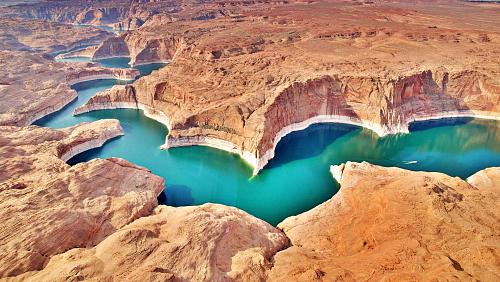Incinerators are a common method of waste disposal that involve burning waste materials at high temperatures. While they can effectively reduce the volume of waste and generate energy, they also have negative environmental impacts that must be considered.
There are several different types of incinerators, each with their own unique environmental impacts. The most common types include mass burn incinerators, modular incinerators, and fluidized bed incinerators.
Mass burn incinerators burn a wide variety of waste materials at once, making them a popular choice for municipal waste disposal. However, these incinerators produce a significant amount of air pollution, including carbon dioxide, nitrogen oxides, sulfur dioxide, and volatile organic compounds. These pollutants can contribute to smog formation, acid rain, and respiratory issues in humans.
Modular incinerators are smaller-scale systems that are often used for specific types of waste, such as medical waste or hazardous materials. While they can be more efficient at reducing emissions than mass burn incinerators, they still produce air pollutants and ash that must be properly managed.
Fluidized bed incinerators use sand or other particles to create a fluidized bed that burns waste materials at lower temperatures than other types of incinerators. This can result in lower emissions of certain pollutants, such as nitrogen oxides and sulfur dioxide. However, fluidized bed incinerators still produce air pollutants and ash that must be properly managed.
In addition to air pollution, incinerators can also contribute to water and soil contamination. Ash produced during the incineration process can contain heavy metals and other toxic substances that can leach into the environment if not properly managed. This can contaminate groundwater and soil, posing a risk to human health and the ecosystem.
Overall, incinerators can have significant environmental impacts that need to be carefully considered. While they can be an effective method of waste disposal, steps must be taken to mitigate their negative effects on air quality, water quality, and soil contamination. This can include implementing pollution control technologies, properly managing ash and emissions, and exploring alternative waste disposal methods that are less harmful to the environment.






